On September 1, 1966 the Dayton, Ohio Uprising began, after the murder of a black man, Lester Mitchell by an unknown white assailant.
At 3:00 a.m, Mitchell was outside his bar sweeping the sidewalk, when a red car pulled up and a white man shot him in the face. According to one witness, Tommy Campbell, he saw a red car, the barrel of a gun, and white men. Mitchell was taken to the hospital but later died from his injuries.
At the time of the murder, Dayton was one of the most segregated cities in the United States in 1966, over 60,000 black residents resided in a small impoverished West Dayton neighborhood.
For years leading up to the uprising, black activists and community leaders complained about the issues facing Dayton’s African American community which included lack of quality education, joblessness, poor housing conditions, and lack of city services.
Groups of rioters gathered in the streets of West Dayton, looting, rioting, and throwing rocks and bottles at cars being driven by white people.
At approximately 1030 a.m. the mayor of Dayton, Dave Hall, who was on scene at the riot, asked Ohio Governor James Rhodes to call in the National Guard. The Governor complied. City officials and police, anxious to end the rioting, armed themselves with shotguns confiscated from local pawnshops. By 3:00 p.m., approximately 1,000 Ohio National Guard troops arrived but by then most of the rioting had stopped.
There were numerous injuries and more than 500 arrests. City services were briefly suspended. Trains were re-routed and police estimated property damage to be about $250,000, or $1.9 million in today’s dollars.
sources:
https://www.daytondailynews.com/news/lasting-scars-the-1966-dayton-riot-and-west-dayton-today/fROse29JYZcC9roAMSpqfK/





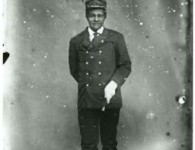
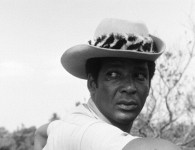
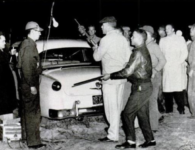
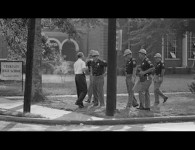
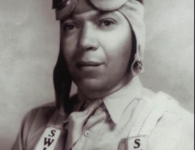

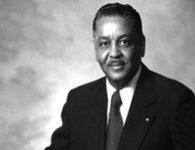

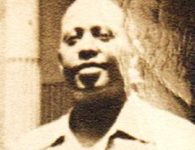
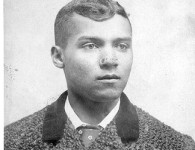
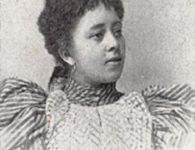
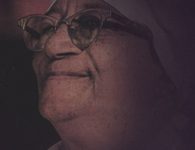
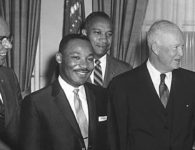
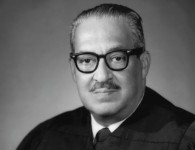
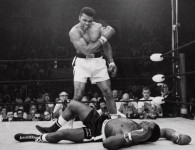

1 Comment
Good post. Thanks.